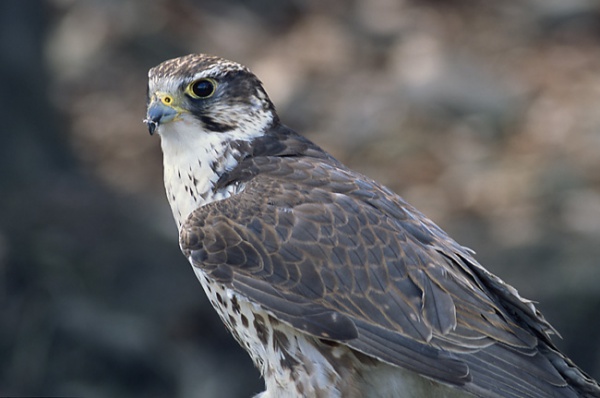Facts About Saker falcon
The saker falcon is a sizable bird of prey that breeds across Europe, the Palearctic region, and extending into Manchuria. During the winter, these majestic birds migrate to warmer regions like Ethiopia, the Arabian Peninsula, Pakistan, and China. Notably, the saker falcon holds the distinction of being the national bird of both Hungary and Mongolia.
From a scientific viewpoint, the saker falcon belongs to the hierofalcon complex and boasts a fascinating evolutionary history characterized by hybridization. In captivity, it can even interbreed with lanner falcons and gyrfalcons. Physically, saker falcons are larger and more robust than lanner falcons, with plumage that exhibits considerable variation. These raptors thrive in open grasslands, where they hunt rodents and birds.
Regrettably, saker falcons are encountering significant conservation challenges. BirdLife International classifies them as endangered due to a rapid decline in their population, particularly in Central Asia. The primary threats to their survival include illegal trapping and habitat loss. In 2004, the population was estimated to be between 7,200 and 8,800 mature individuals.
To combat this decline, captive breeding programs have been established in the United States, Canada, and Europe. However, saker falcons are also susceptible to avian influenza. Fortunately, vaccination experiments have shown promise in protecting them from this deadly disease.
The most significant population declines have occurred in Kazakhstan and Uzbekistan. On a more positive note, Hungary maintains a relatively stable and well-protected population of saker falcons.

 Kyrgyzstan
Kyrgyzstan